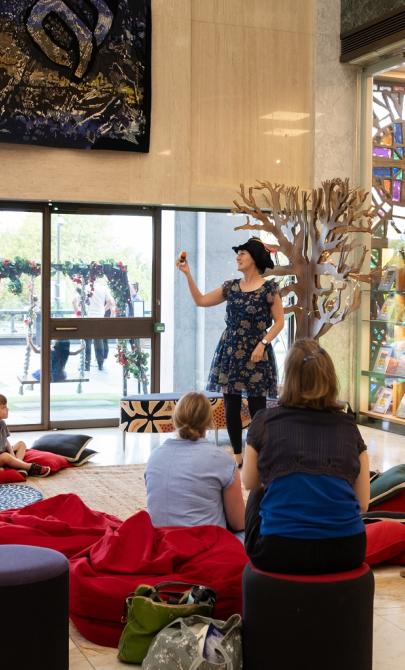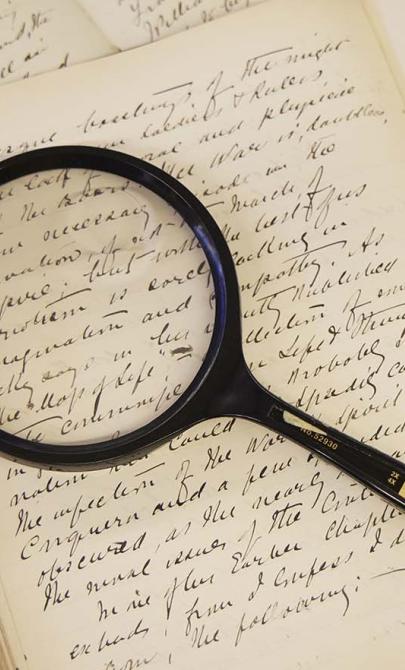Convicts, conflict and confrontation
About this module
The resource engages students with a rich selection of historical sources and challenges them to draw their own conclusions about the development of the Australian colonies.
It highlights indigenous experiences, the role played by significant individuals, convict experiences, daily life in the colonies and the reasons for migration to Australia. The resource also features significant colonial events such as the gold rush in Victoria, the Eureka Stockade and the Burke and Wills expedition, as well as frontier conflict.
Copyright for teachers
You can download all collection materials in this resource for education purposes. For more information, go to copyright for teachers.
Topics in this module
This module covers 7 key topics.
Each topic includes an introduction to key concepts, links to key resources in our collection and a series of learning activities that cater for a variety of classroom contexts and learning styles.
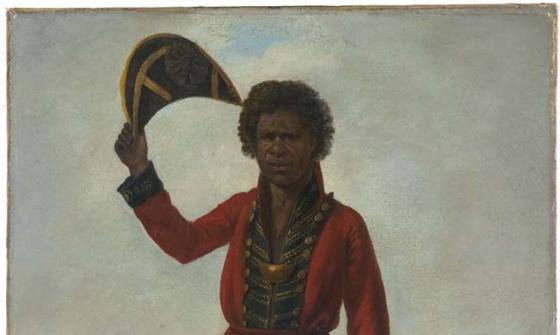
Augustus Earle, Portrait of Bungaree, a native of New South Wales, with Fort Macquarie, Sydney Harbour, in background [picture], 1826, nla.gov.au/nla.obj-134114940
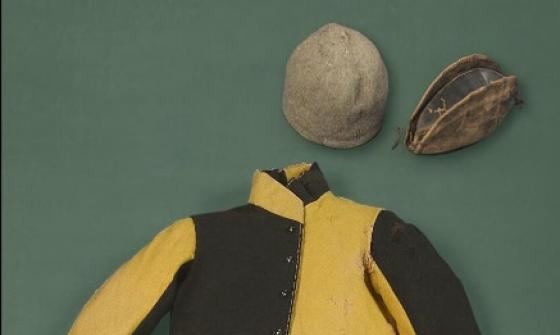
Convict uniform and two caps between 1830 and 1849, nla.gov.au/nla.obj-139411772
A secondary punishment uniform from the transportation era, coloured to distinguish continuing offenders. Hand stitched. From Van Diemens Land.
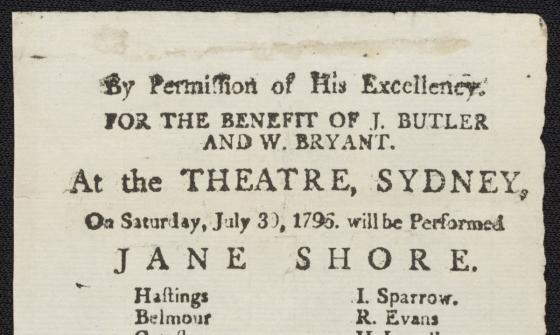
George Hughes (Government Printer), Playbill for a performance of Jane Shore, The Wapping Landlady and The Miraculous Cure at the Theatre, Sydney 30 July 1796, nla.gov.au/nla.obj-1419486
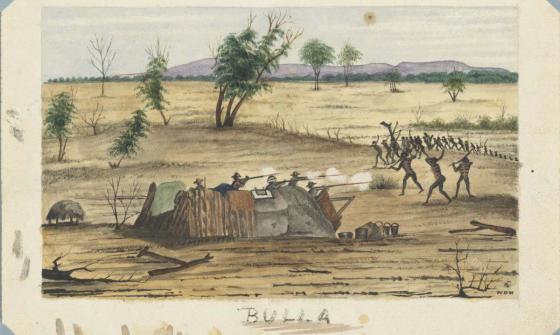
William Oswald Hodgkinson, Bulla, Queensland, 1861, nla.gov.au/nla.obj-147606769
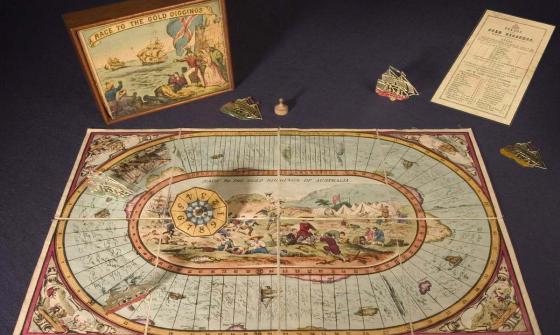
Board game titled: Race to the gold diggings of Australia] [realia], 1855, nla.gov.au/nla.obj-139615708
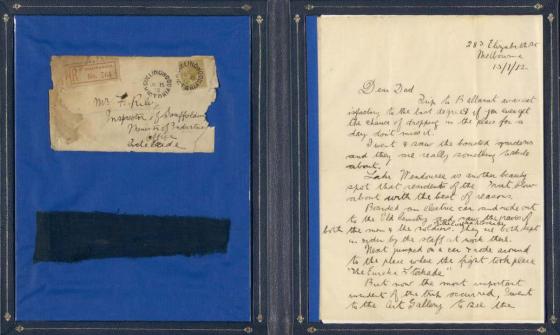
Portion of the flag flown by the miners at the Eureka Stockade, 1854, nla.gov.au/nla.obj-139600656
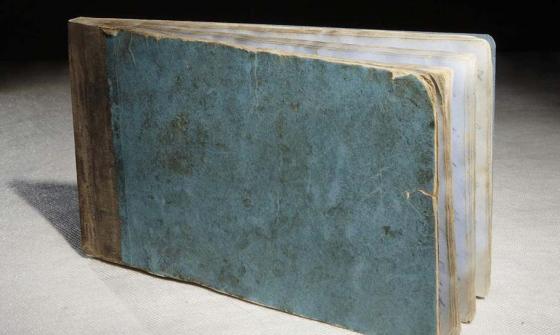
Burke and Wills Expedition (1860-1861), Robert O'Hara Burke (1821-1861), William John Wills (1834-1861), John King (1841-1872), FH Hawkins and DW Roberts (1860), Papers relating to the Burke and Wills Expedition, 1860-1861 [manuscript], nla.gov.au/nla.obj-229121922
Introductory activities
These activities help students develop a shared understanding of the key themes in the Australian Curriculum topic The Australian colonies. They provide useful context before students explore related sources from the Treasures Gallery.
Activity 1: Across the great unknown
Ask students to imagine they are preparing for the biggest camping trip of their lives—crossing the Australian continent on foot. They can only take ten items with them. As a class, discuss the environment and terrain they’ll encounter, the potential dangers, and the health risks. Let students know that they’ll already have strong boots, layered clothing and a backpack.
- Divide the class into groups of three or four. Provide each group with a list of possible items.
- Ask them to select ten items and number them in order of importance.
- Come together as a class to create a shared top ten list, comparing and debating different options.
- Discuss how each item would be used and how students would manage without the items they left behind.
Use this as an introduction to the story of Burke and Wills or to explore the Treasures Gallery themes Inland adventures and Frontier conflict.
Concluding activities
These activities help students reflect on their learning by taking on historical perspectives or making personal connections to the content.
Activity 2: New experiences in an old land
This activity introduces students to different perspectives in colonial Australia through a role-play panel discussion.
- Explain that students will take part in a fictional current affairs program using future teleportation technology to interview people from the past.
- Select 6 students to play historical figures. Give them a name badge and role card each.
- Set up a panel with 6 chairs at the front of the class.
- The rest of the class acts as journalists, preparing and asking questions.
Character roles:
- Elizabeth Goslin
- Cora Gooseberry
- Mark Jeffrey
- Mr Jones
- Robert O’Hara Burke
- Sarah Davenport
Prompt questions might include:
- What do you want from your new life in Australia?
- What was your crime? Do you regret committing it?
- What is your daily routine like?
- How do you feel about your future?
- What is your home like?
After the panel, debrief as a class to reflect on the different experiences and viewpoints presented.
Activity 3: Scrapbooking the colonies
Inspired by 19th-century sentiment albums like Eliza Younghusband’s, this activity invites students to document their learning creatively.
- Over the course of the History unit, students compile their own scrapbook.
- They can include printed images, quotes, hand-drawn illustrations, modern equivalents (like theatre programs), and botanical specimens or sketches.
- Use the scrapbook to discuss the difference between primary and secondary sources.
- Display the scrapbooks in the classroom or school library as part of an end-of-term showcase.
Students might include:
- historical artwork (for example, Bulla painting or Bungaree’s portrait)
- playbills and posters
- portraits of figures like Peter Lalor
- illustrations of bush foods or items from daily colonial life
- maps, quotes or photos related to key themes
Curriculum links
This resource has been developed with specific reference to the five History content descriptions for Year 5 students in the Australian Curriculum: Humanities and Social Sciences for Year 5 students.
- the economic, political and social causes of the establishment of British colonies in Australia after 1800 (AC9HS5K01)
- the impact of the development of British colonies in Australia on the lives of First Nations Australians, the colonists and convicts, and on the natural environment (AC9HS5K02)
- the role of a significant individual or group, including First Nations Australians and those who migrated to Australia, in the development of events in an Australian colony (AC9HS5K03)

